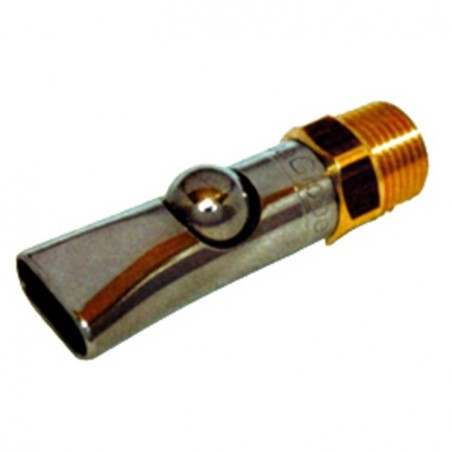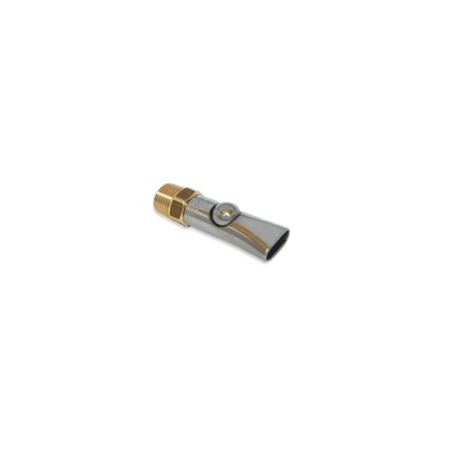Two experiments were conducted to evaluate the effects of different dietary fat levels, fatty acid compositions and sex (entire male and female) on the body fat distribution and the fat quality in terms of texture and fatty acid composition. For the Exp. 1, three experimental diets were formulated to contain barley, oats, soybean meal and different blends of soybean oil and palm kernel oil. Diets were designed to give a wide variation in iodine values (IV)/ iodine value product (IVP): 60/48.3 (LowIVP), 97/76.8 (MedIVP) and 120/98.6 (HighIVP). For the Exp. 2, six experimental diets primarily consisting of barley and soybean meal were formulated: two low fat diets, no added fat (LF), and the basal diet added 4.8 g/kg fish oil (LFF2), and four medium fat diets which contained (in g/kg) palm kernel oil and fish oil in the following ratios: 41:0 (PK1), 39:2.5 (PK2F1), 36:5.2 (PK3F2) and 34:7.2 (PK4F3). The two experiments followed similar procedures. Seventy two (36 males and 36 females) crossbred [(Norwegian Landrace x Yorkshire) x Duroc] pigs (BW= 25 kg) were used. Pigs were allotted by litter, live weight and sex in a randomized block design. In Exp. 1, 24 animals per treatment and in Exp. 2, 12 animals per treatment were used. Pigs were individually fed twice daily according to a restrictive feeding scale about 10%. At BW of approximately 100 kg, the pigs were delivered to a commercial abattoir for slaughter. Lean meat percentage was determined for ham, loin and shoulder. Shoulder fat was sampled for fatty acid composition and texture analysis. Subjective measurements of fat firmness (measured by handling) were taken in the neck region using a scale from 1 to 15 indicating increasing firmness. The shoulder fat thickness and 2 belly areas, the backfat thickness of the loin and the ham fat thickness were also measured.
In Exp. 1, no significant differences were found among diets (P > 0.05) in the growth yield. The group fed diet LowIVP had highest backfat thickness at the loin (15.5 ± 0.68 mm; P < 0.001) and Belly1 (13.5 ± 0.69 mm; P < 0.05). The subjectively measured backfat firmness was significantly higher in the LowIVP group compared to the MedIVP and HighIVP groups (P < 0.001). The fatty acid profile changed according to the dietary fatty acid composition in a clear dose-dependent manner. As the PUFA content of the diet increased, there was a linear increase in PUFA and C18:2n-6 content of the shoulder fat (P < 0.001). In Exp. 2, no significant differences were found among dietary treatments neither in growth parameters nor in lean content. However, entire males had higher Belly2 thickness measurement (14.4 vs. 11.9 ± 0.65 mm; P < 0.0001), lower fat thickness of loin (9.7 vs. 11.8 ± 0.48 mm; P < 0.0001) and lower fat thickness of the ham (9.6 vs. 11.0 ± 0.47 mm; P < 0.01) than female pigs. The fatty acid profiles were highly affected by dietary treatments. The percentages of C12:0, C14:0, C16:1 was significantly higher in animals fed the four PK diets (P < 0.001) than those fed the LF diets. The percentages of the essential fatty acids C18:2n-6 and C18:3n-3 was highest in the low fat fed pigs (P < 0.001). In general a linear response between dietary and deposited n-3 fatty acids was observed (P < 0.001). To conclude, the entire male and female pigs used revealed similar lean meat percentage, but females had more stored fat in hind parts compared to entire males. The range of dietary fat levels and fatty acid composition used had little influence on fat distribution. Feeding diets low in PUFA, and especially diets high in palm kernel oil, led to increased fat firmness.

E Hallenstvedt, NP Kjos, M Øverland, M Thomassen. 2012. Changes in texture, colour and fatty acid composition of male and female pig shoulder fat due to different dietary fat sources. Meat Science, 90:519-527. doi:10.1016/j.meatsci.2011.08.009.





